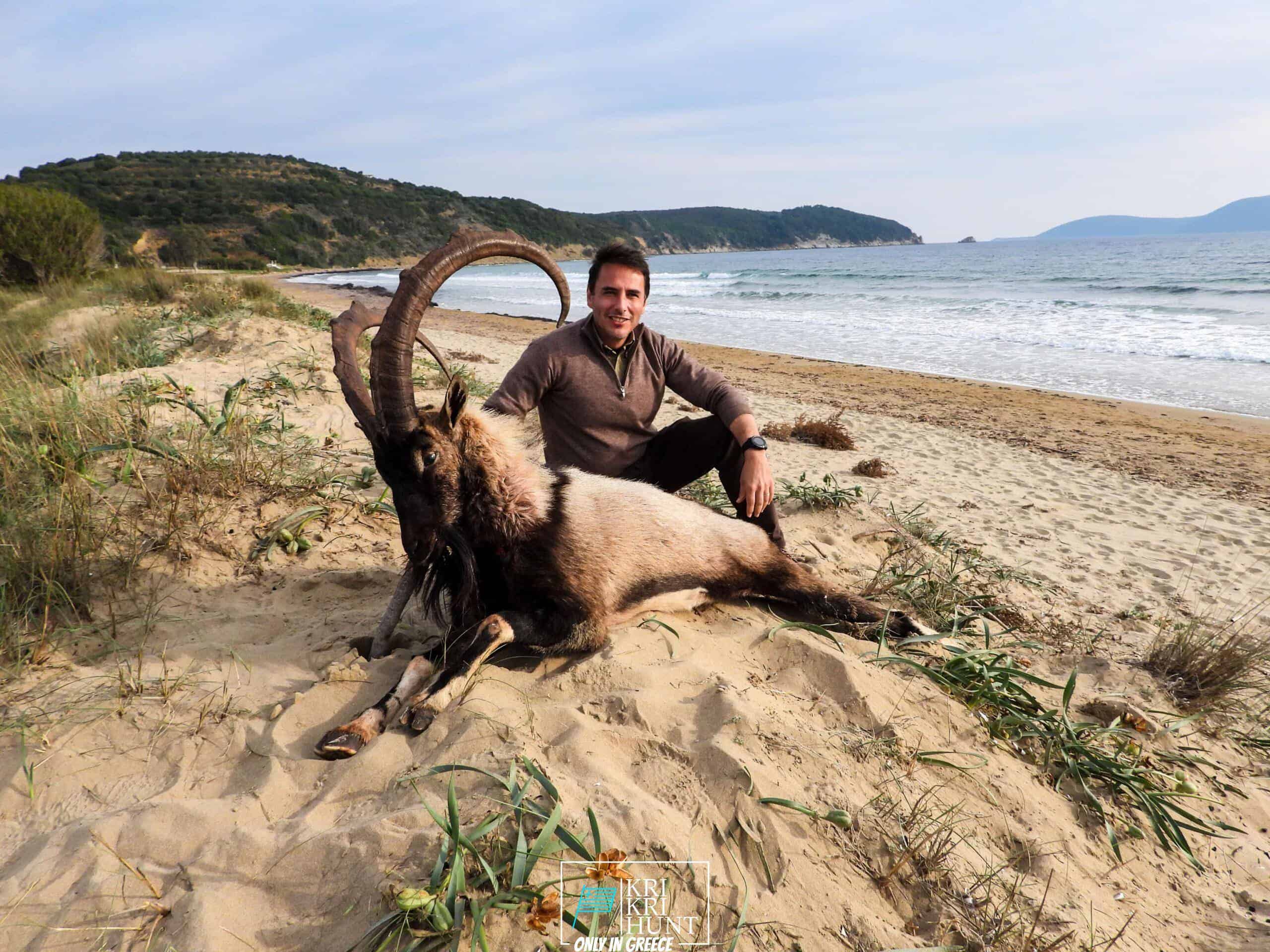
To many individuals, The Peloponnese peninsula on the Greek Mainland is the 'real' Greece, where things have actually not transformed a lot in any way over the centuries despite the fact that many individuals have actually uncovered it. This is a location where you can quickly invest a month, yet if you are short on time after that our outside searching, Fishing, free diving and also exploring Peloponnese Tours from Methoni is a great service. Join us as we check out all that this historic and also stunning region needs to use!

Greece is an attractive nation with a lot of chances for visitors. There are stunning beaches, old ruins, as well as tasty food to enjoy. Additionally, there are numerous activities offered such as walking, winter sports, and also biking. Greece is the excellent destination for anyone trying to find a holiday filled with experience and enjoyment.
To many people, The Peloponnese peninsula on the Greek Mainland is the 'actual' Greece, where points have not altered a lot at all over the centuries despite the fact that many people have discovered it. This is a location where you could quickly invest a month or more however if you are short in a timely manner then our searching and also touring Peloponnese Tours from Methoni is a terrific remedy. This covers a substantial amount of ground to some of Europe's a lot of extraordinary websites in just 5 days. You really won't think what you see! Whilst the Peloponnese is home to a few of the best beaches in Greece there are a lot of points to see and also do that it is in fact a year-round location. Whilst Summer is the ideal time to spend at the waterfalls as well as beaches, Spring and Autumn are exceptional for hiking and also discovering Ancient Ruins, Caves and also Archeological websites. Even winter is attracting as much of the towns and communities receive some snow, specifically in the hills, as well as the rock architecture and also wineries provide themselves to cosy minutes by an open fire. The covered dishes and traditional winter months food is hearty as well as tasty. Regardless of what time of year you choose you will certainly find the groups really workable and also in many areas, non-existent.
Look no additionally than the Sapientza island in Greece if you are looking for Kri Kri ibex search and remarkable trip location. With its spectacular natural appeal, tasty food, as well as rich society, you will not be let down. Book among our searching and visiting Peloponnese Tours from Methoni today, dot forget your trophy Kri Kri ibex!
What is the diference between Kri Kri ibex, Bezoar ibex and hybrid ibex
The kri-kri is not thought to be indigenous to Crete, most likely having been imported to the island during the time of the Minoan civilization. Nevertheless, it is found nowhere else and is therefore endemic to Crete. It was common throughout the Aegean but the peaks of the 8,000 ft (2,400 m) White Mountains of Western Crete are their last strongholds–particularly a series of almost vertical 3,000 ft (900 m) cliffs called ‘the Untrodden’—at the head of the Samaria Gorge. This mountain range, which hosts another 14 endemic animal species, is protected as a UNESCO Biosphere Reserve. In total, their range extends to the White Mountains, the Samaria National Forest and the islets of Dia, Thodorou, and Agii Pandes.
This Ibex is NOT a diminutive form of the Bezoar Ibex, which has migrated into the western-most reach of the range of this species. The kri – kri (Capra aegagrus cretica), sometimes called the Cretan goat, Agrimi, or Cretan Ibex, is a feral goat inhabiting the Eastern Mediterranean, previously considered a subspecies of wild goat. The kri-kri has a light brownish coat with a darker band around its neck. It has two horns that sweep back from the head. In the wild they are shy and avoid tourists, resting during the day. The animal can leap some distance or climb seemingly sheer cliffs.
“The agrimi goat Capra aegagrus cretica is unique to Crete and its offshore islands. It has been identi®ed as a sub-species of the wild bezoar goat Capra aegagrus aegagrus Erxleben, 1777, which it closely resembles in horn shape, body form and coloration. This classi®cation has been disputed by some researchers who claim that the agrimi are feral goats, derived from early domestic stock brought to the island by the ®rst Neolithic settlers. In order to clarify this issue, DNA analyses (cytochrome b and D loop sequences) were carried out on tissue of live and skeletonized agrimi and compared to sequences of wild and domestic caprines. Results conclusively show the agrimi to be a feral animal, that clades with domestic goats (Capra hircus) rather than with wild Asiatic bezoar. This study demonstrates that morphometric criteria do not necessarily re¯ect genetic af®nities, and that the taxonomic classi®cation of agrimi should be revised.”